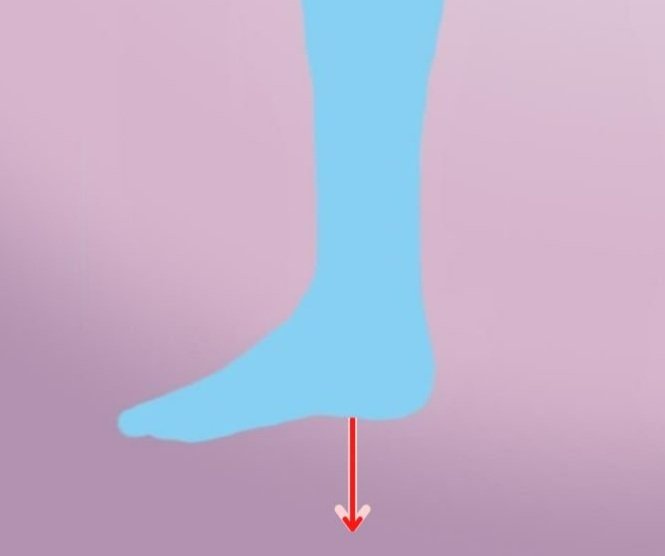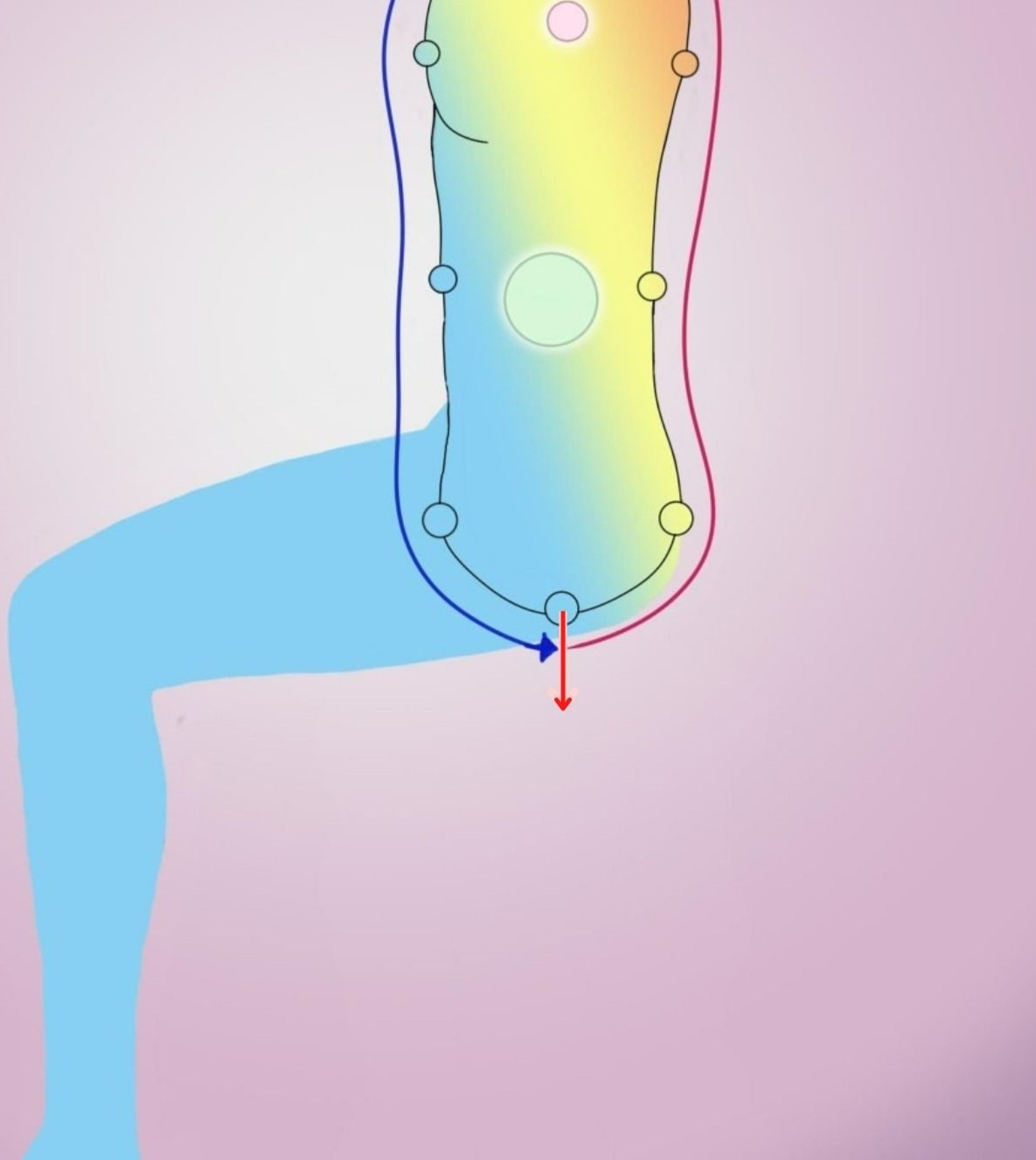Postural Alignment, Yoga and Meditation
What is a body? In the system of yoga we see the body as the vessel that we use to navigate our lives. Don’t imagine a rigid clay pot. Think instead of a constantly changing and ever adaptable device we can use to interact within our outer environment.
I could create a discourse on the body and its parts that could extend for hours and days, but in the context of meditation, simplicity is best. Let’s imagine rather than a bunch of parts, we are a field of energy that flows in all directions and is influenced by the impulses of our mind and our outer world. In the practice of yoga we develop an awareness of these different aspects of that field and our ability to influence the forces within it. On this planet, gravity is an external force that produces an influence on our tissues. As we develop physically in constant relation to this force, our physical structures adapt and allow us to navigate within the outer world. We consistently experience gravity as well as the energy of our bodies in opposition to this force. The entire physical limb of Asana within the yoga system was developed to fully align and balance these opposing forces or energies.
We can use a basic understanding of this relationship to develop a meditation practice that will bring an optimal and efficient development of your posture. Remember that meditation is the internalization of awareness through the concentration of attention on a specific object.
Because gravity is always something that influences us, we can focus our attention on its influence on the body during meditation. Specifically, we are developing a feeling of our reception of the force of gravity and the opposition against it. The balancing of these aspects of our physical body will bring an efficiency and optimal use of our physical energy. Because our bioelectric field and physiology are working within these forces, an easing of the flow within the field will promote the health of the body.
vVvVvVvVv~~~~~GRAVITY~~~~~vVvVvVvVv
The force of gravity can be thought of as pushing down on us from the top of the body…
Truly, it is the force that pulls our body to the ground. Because we are physically continuous, the influence of gravity is felt throughout the body as that force is distributed through our tissues.
The deeper influence of this practice happens through a direct conception and experience of the subjective and objective aspects of our personal experience. This relationship is at the heart of understanding Yoga.
Try this meditation practice to help align body and mind in minutes a day!
Sushuma Nadi ~ The Central Channel
In the system of yoga, this pathway is the foundation of all other energetic pathways within the body. It can be imagined as the midline, or the vertical plumb line or axis running through the center of the torso and head. This also represents the vector force of our postural energy which opposes gravity with an upward direction. We use breath in yoga to access Prana or vital energy within the body, and Prana (Upward) and Apana (Downward) Vayus (Movements) of this energy. Students can practice this simple breath meditation with visualization to improve awareness and balance within mind and body.
Begin seated in a comfortable position in a chair or on a supportive seat on the floor. Take some time to move your pelvis around rocking front to back and side to side, feeling the connections between your body and what is supporting it. A helpful image is that of a bowl, thinking of the pelvis in this shape, point the bottom of the pelvic bowl towards the ground beneath you and directly into your seat.
2. Focus to the top of your head and if helpful place the palm of one hand on top of your head to bring attention through sensation. Reach the top of the head upward and imagine an energy pushing up through the top point of the skull.
3. Begin to focus on your breathing, and if you can take some time and practice a few minutes or even a few rounds of the Balanced Breath Meditation.
4. Once the breath feels comfortable and in balance, begin to imagine a line running through the center of the body vertically from the bottom of the pelvic bowl to the top of the head.
5. Exhale focusing to the bottom point of the line or the physical space between the sitting bones at the basin of the pelvis.
6. During the inhalation, focus upward from the pelvis through the center of the belly, ribs, throat and skull to the point at the top of the head. If possible, as you reach the top of the inhalation, the attention should focus to the top of the skull.
7. Exhale to relax the attention back down towards the bottom point of the line and allow the body to remain relaxed as the attention settles.
8. Repeat steps 6 and 7 for the desired amount of breaths ( 9 is a great number if you want to keep count), or set a timer for your meditation and maintain your attention on the breath and the line for the duration of the practice.
9. If attention wanders, take a deep breath, and focus back into the breathing and the line. If the body feels tight, move or adjust your body gently for a moment and then return to the settling of the pelvis, the reach through the crown of the skull, and continue to bring focus to the breath and the central channel.
10. Once the meditation is complete, you may settle your attention at either end of the line for a few moments as the breaths finds a relaxed and natural state. With attention at the crown, one will feel a sense of expansion and higher states of awareness. With the attention at the base of the pelvis, one will feel a sense of stillness, support, and relaxation.
11. Take a moment and notice your body, mind and awareness of yourself.
12. It may be advisable to rest for a few minutes or sit in silence and stillness for a few moments before returning to activity in order to integrate the practice most effectively.
Stay tuned for this guided meditation soon!






